8% off orders over $100, 15% off orders over $150, 20% off orders over $300.
Menu
-
- Specials
-
Types
-
Symbols
- Auspicious Cloud | Heaven
- Lotus | Purity & Elevation
- Phoenix | Rebirth and Fidelity
- The Nine | Eternity and Completeness
- Bamboo | Strength and Resilience
- Ruyi | Wish Fulfillment
- Moon | Mystery & Elegance
- Herbal Locket | Hidden Protection
- Tassel | Elegant Charm
- Butterfly and Flower | Love
- Plum Blossom | Endurance and Resilience
- Chinese Knot | Harmony, Tradition, Legacy
- Pumpkin | Prosperity & Abundance
- Pipa | Celestial Music
- Hulu Gourd | Protection and Prosperity
- Fish | Prosperity
-
Collections
- Atlantis
- Revive Your Inner Kingdom
- Auspicious Origin
- Auspicious Flower
- Udumbara Flower
- Return to Origin
- Celestial Cloud
- Elf Forest
- Gold Lotus
- Serene Lotus
- Pearl Elegance
- Radiance
- Metropolis Hermit
- The Nine
- Moon Goddess
- Tassel Elegance
- Chic Velvet Choker
- The Cloud
- Lotus Leaf
- Realm of Peace
- Four Season
-
Craftsmanship
-
Gemstones
- Pearl | Purity and Wisdom
- Jade | Stone of Heaven
- Turquoise | Protection and Healing
- Tridacna | Realm of Peace
- Lapis | Truth and Enlightenment
- Rose Quartz|Love, Healing, Compassion
- Amethyst | Clarity and Tranquility
- Amber | Vitality and Protection
- Carnelian | Courage and Vitality
- Coral | Protection and Prosperity
- Tourmaline | Energy and Balance
- Crystal | Healing and Clarity
-
Birthstone
-
Style
-
Price
-
- Jewelry Set
- Necklaces
- Earrings
- Bracelets
- Hair Jewelry
- Glasses Chains
- Rings
- Anklets
- Ornaments
- Login
-
English

8% off orders over $100, 15% off orders over $150, 20% off orders over $300.
Taiwan Travels: Finding Patterns in Art and Nature
April 08, 2016 1 min read

There are several good reasons why the Portuguese called Taiwan "Formosa," the Beautiful Isle: lush, rolling green hills thanks to its tropical marine climate; shimmering waters that produce a bounty of seafood; a gorgeously decorated temple at every turn, and shrines in even the smallest alley.
Han Chinese settled in Taiwan during the Qing Dynasty, adding to the mix of aboriginal and Japanese (and Dutch and Portuguese) culture already present there.
I was lucky enough to witness the ways in which nature directly influences art and architecture on this charming island. No matter how brightly painted and stylized building facades are decorated, one can still tell that their forms were inspired by the vines and flowers native to the area.

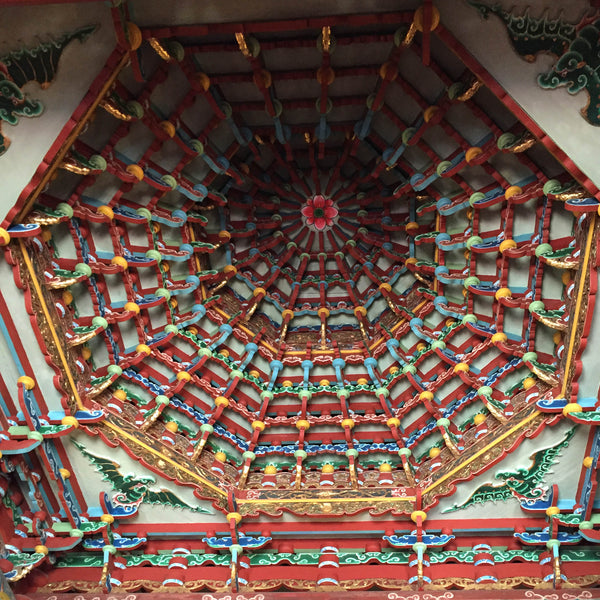

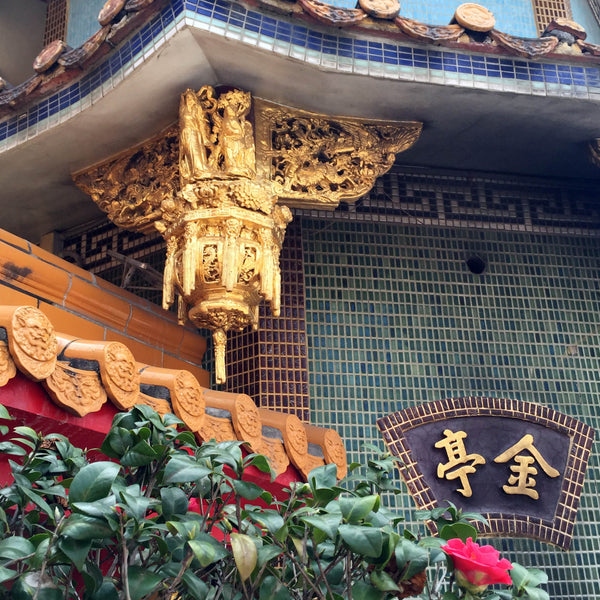
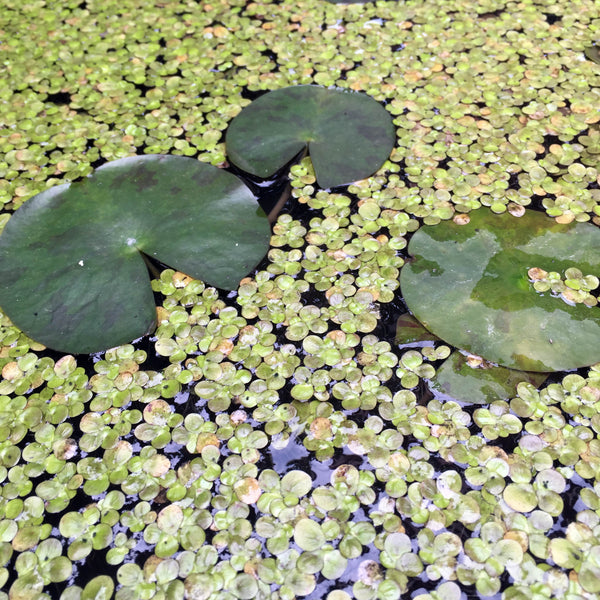

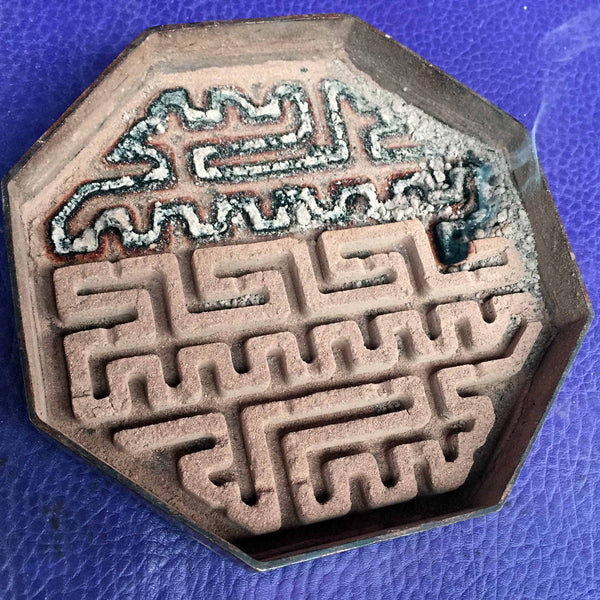
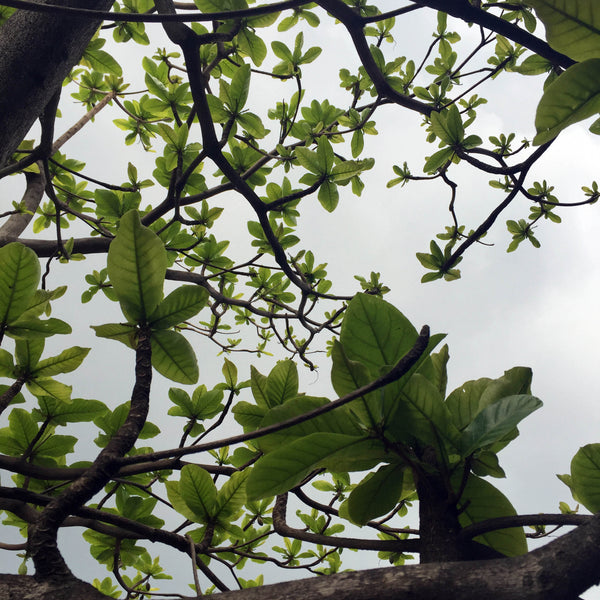

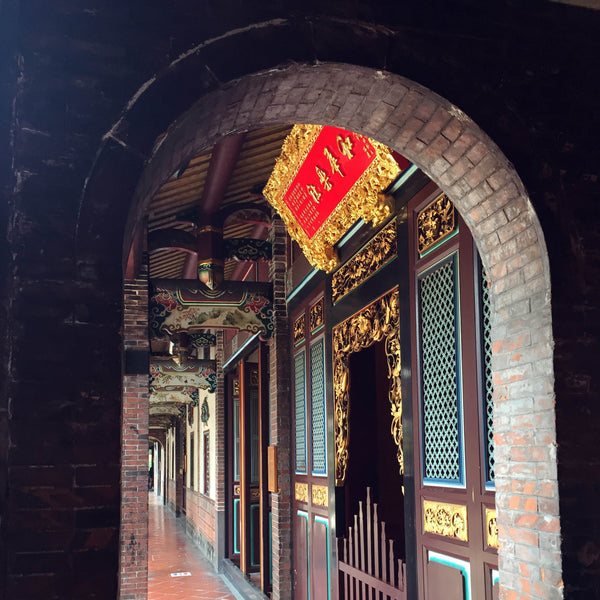
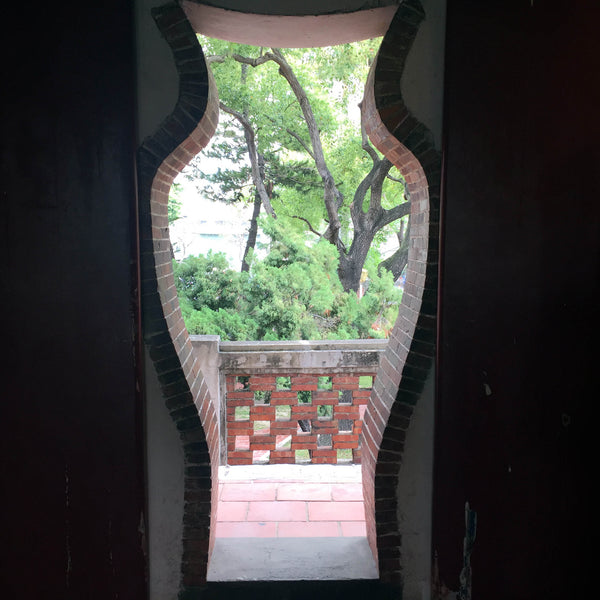
Leave a comment
Subscribe
Sign up to get the latest on sales, new releases and more …

